New insights into the genetic diversity of Schistosoma mansoni and S. haematobiumin Yemen
- PMID: 26482435
- PMCID: PMC4617239
- DOI: 10.1186/s13071-015-1168-8
New insights into the genetic diversity of Schistosoma mansoni and S. haematobiumin Yemen
Abstract
Background: Human schistosomiasis is a neglected tropical disease of great importance that remains highly prevalent in Yemen, especially amongst rural communities. In order to investigate the genetic diversity of human Schistosoma species, a DNA barcoding study was conducted on S. mansoni and S. haematobium in Yemen.
Methods: A cross-sectional study was conducted to collect urine and faecal samples from 400 children from five provinces in Yemen. The samples were examined for the presence of Schistosoma eggs. A partial fragment of the schistosome cox1 mitochondrial gene was analysed from each individual sample to evaluate the genetic diversity of the S. mansoni and S. haematobium infections. The data was also analysed together with previous published cox1 data for S. mansoni and S. haematobium from Africa and the Indian Ocean Islands.
Results: Overall, 31.8 % of participants were found to be excreting schistosome eggs in either the urine or faeces (8.0 % S. mansoni and 22.5 % S. haematobium). Nineteen unique haplotypes of S. mansoni were detected and split into four lineages. Furthermore, nine unique haplotypes of S. haematobium were identified that could be split into two distinct groups.
Conclusion: This study provides novel and interesting insights into the population diversity and structure of S. mansoni and S. haematobium in Yemen. The data adds to our understanding of the evolutionary history and phylogeography of these devastating parasites whilst the genetic information could support the control and monitoring of urogenital and intestinal schistosomiasis in these endemic areas.
Figures
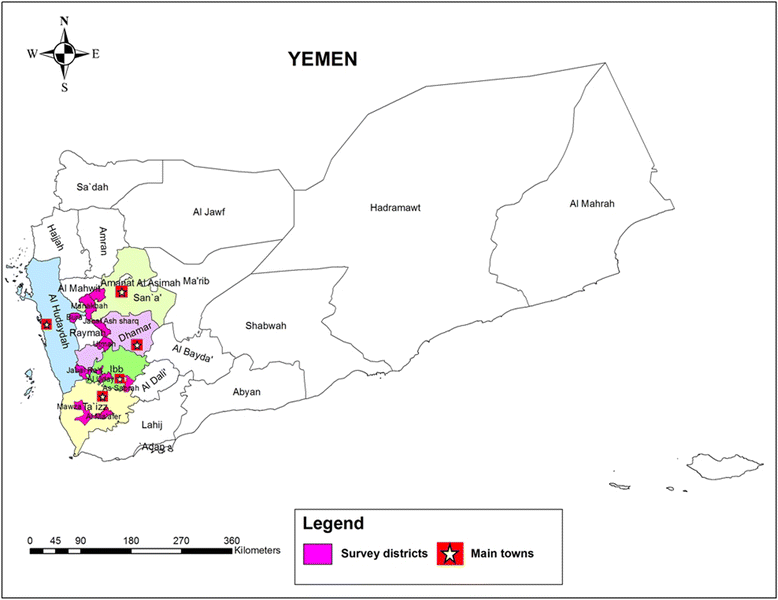
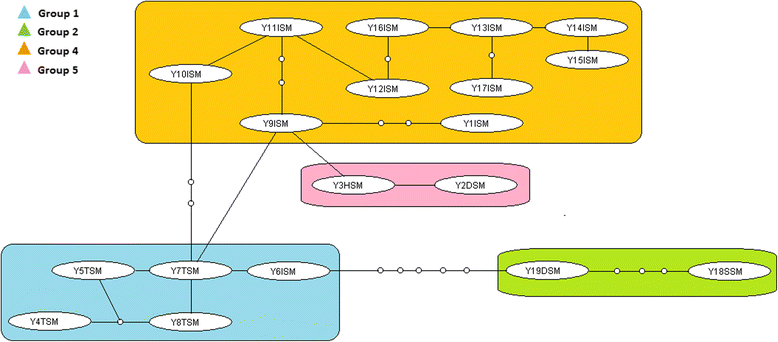
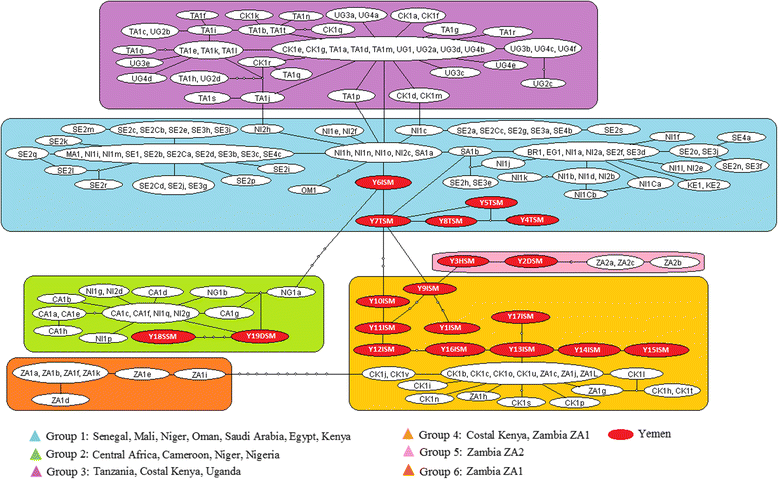
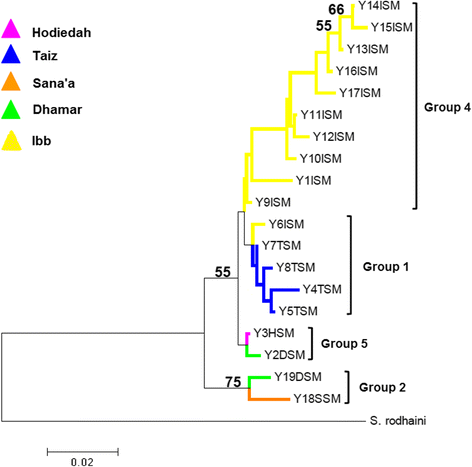
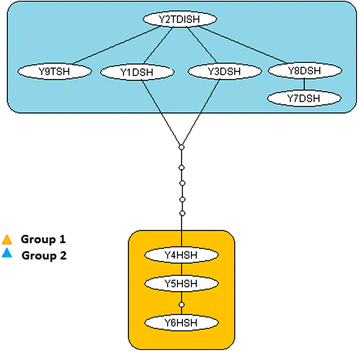
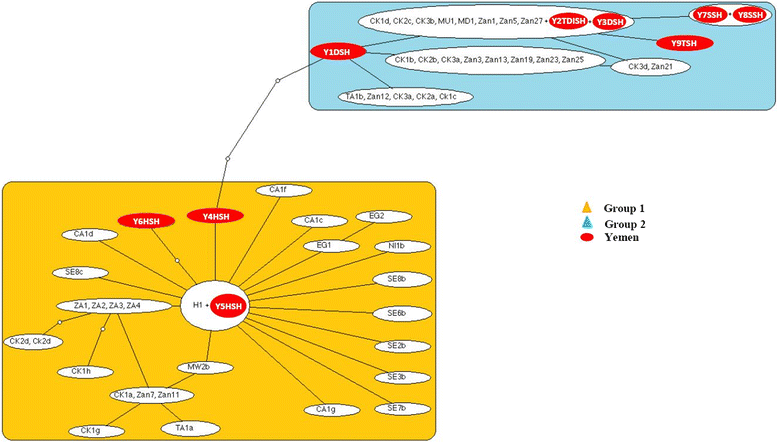
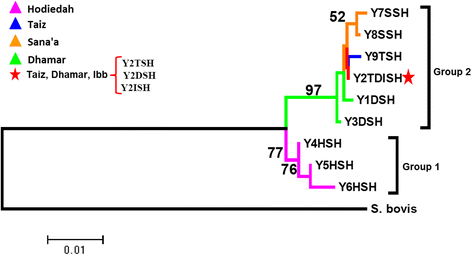
Similar articles
-
Analysis of DNA cox1 barcoding revealed novel haplotype in Schistosoma haematobium isolated from Western Sudan.Sci Rep. 2025 Jan 15;15(1):2062. doi: 10.1038/s41598-025-85986-0. Sci Rep. 2025. PMID: 39814875 Free PMC article.
-
Population genetic structure of Schistosoma mansoni and Schistosoma haematobium from across six sub-Saharan African countries: implications for epidemiology, evolution and control.Acta Trop. 2013 Nov;128(2):261-74. doi: 10.1016/j.actatropica.2012.09.014. Epub 2012 Oct 3. Acta Trop. 2013. PMID: 23041540
-
Schistosoma mansoni x S. haematobium hybrids frequently infecting sub-Saharan migrants in southeastern Europe: Egg DNA genotyping assessed by RD-PCR, sequencing and cloning.PLoS Negl Trop Dis. 2025 Mar 31;19(3):e0012942. doi: 10.1371/journal.pntd.0012942. eCollection 2025 Mar. PLoS Negl Trop Dis. 2025. PMID: 40163525 Free PMC article.
-
Gender-related differences in prevalence, intensity and associated risk factors of Schistosoma infections in Africa: A systematic review and meta-analysis.PLoS Negl Trop Dis. 2021 Nov 17;15(11):e0009083. doi: 10.1371/journal.pntd.0009083. eCollection 2021 Nov. PLoS Negl Trop Dis. 2021. PMID: 34788280 Free PMC article.
-
Challenges in predicting the effects of climate change on Schistosoma mansoni and Schistosoma haematobium transmission potential.Trends Parasitol. 2013 Nov;29(11):548-55. doi: 10.1016/j.pt.2013.08.007. Epub 2013 Sep 21. Trends Parasitol. 2013. PMID: 24064438 Review.
Cited by
-
Population genetic structure of Schistosoma bovis in Cameroon.Parasit Vectors. 2019 Jan 24;12(1):56. doi: 10.1186/s13071-019-3307-0. Parasit Vectors. 2019. PMID: 30678712 Free PMC article.
-
Analysis of DNA cox1 barcoding revealed novel haplotype in Schistosoma haematobium isolated from Western Sudan.Sci Rep. 2025 Jan 15;15(1):2062. doi: 10.1038/s41598-025-85986-0. Sci Rep. 2025. PMID: 39814875 Free PMC article.
-
Imported Schistosomiasis in Southwestern Europe: Wide Variation of Pure and Hybrid Genotypes Infecting Sub-Saharan Migrants.Transbound Emerg Dis. 2025 Apr 18;2025:6614509. doi: 10.1155/tbed/6614509. eCollection 2025. Transbound Emerg Dis. 2025. PMID: 40718473 Free PMC article.
-
Genetic Diversity of Schistosoma haematobium in Qena Governorate, Upper Egypt.Infect Drug Resist. 2020 Oct 15;13:3601-3611. doi: 10.2147/IDR.S266928. eCollection 2020. Infect Drug Resist. 2020. PMID: 33116680 Free PMC article.
-
Research progress of health care in Yemeni children during the war: review.Prim Health Care Res Dev. 2022 Sep 12;23:e55. doi: 10.1017/S1463423622000421. Prim Health Care Res Dev. 2022. PMID: 36093681 Free PMC article. Review.
References
-
- Bruun B, Aagaard-Hansen J. The social context of schistosomiasis and its control. Geneva: World Health Organization; 2008.
-
- World Health Organization Schistosomiasis: number of people treated in 2011. Wkly Epidemiol Rec. 2013;88:81–8. - PubMed
-
- World Health Organization . The control of schistosomiasis: second report of the WHO expert committee. Geneva: WHO; 1993. - PubMed
Publication types
MeSH terms
LinkOut - more resources
Full Text Sources
Other Literature Sources

